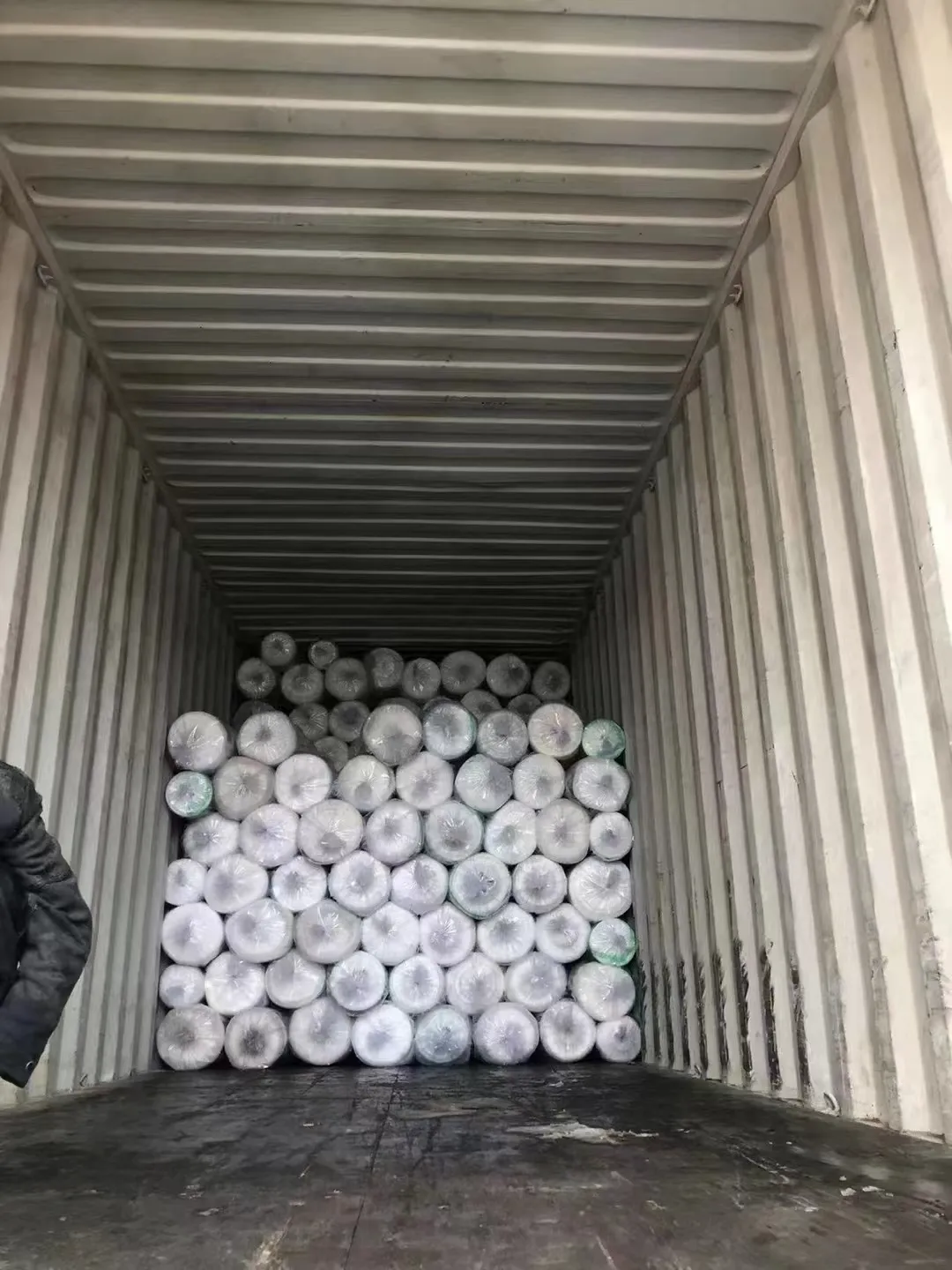-
 Afrikaans
Afrikaans -
 Albanian
Albanian -
 Amharic
Amharic -
 Arabic
Arabic -
 Armenian
Armenian -
 Azerbaijani
Azerbaijani -
 Basque
Basque -
 Belarusian
Belarusian -
 Bengali
Bengali -
 Bosnian
Bosnian -
 Bulgarian
Bulgarian -
 Catalan
Catalan -
 Cebuano
Cebuano -
 China
China -
 Corsican
Corsican -
 Croatian
Croatian -
 Czech
Czech -
 Danish
Danish -
 Dutch
Dutch -
 English
English -
 Esperanto
Esperanto -
 Estonian
Estonian -
 Finnish
Finnish -
 French
French -
 Frisian
Frisian -
 Galician
Galician -
 Georgian
Georgian -
 German
German -
 Greek
Greek -
 Gujarati
Gujarati -
 Haitian Creole
Haitian Creole -
 hausa
hausa -
 hawaiian
hawaiian -
 Hebrew
Hebrew -
 Hindi
Hindi -
 Miao
Miao -
 Hungarian
Hungarian -
 Icelandic
Icelandic -
 igbo
igbo -
 Indonesian
Indonesian -
 irish
irish -
 Italian
Italian -
 Japanese
Japanese -
 Javanese
Javanese -
 Kannada
Kannada -
 kazakh
kazakh -
 Khmer
Khmer -
 Rwandese
Rwandese -
 Korean
Korean -
 Kurdish
Kurdish -
 Kyrgyz
Kyrgyz -
 Lao
Lao -
 Latin
Latin -
 Latvian
Latvian -
 Lithuanian
Lithuanian -
 Luxembourgish
Luxembourgish -
 Macedonian
Macedonian -
 Malgashi
Malgashi -
 Malay
Malay -
 Malayalam
Malayalam -
 Maltese
Maltese -
 Maori
Maori -
 Marathi
Marathi -
 Mongolian
Mongolian -
 Myanmar
Myanmar -
 Nepali
Nepali -
 Norwegian
Norwegian -
 Norwegian
Norwegian -
 Occitan
Occitan -
 Pashto
Pashto -
 Persian
Persian -
 Polish
Polish -
 Portuguese
Portuguese -
 Punjabi
Punjabi -
 Romanian
Romanian -
 Russian
Russian -
 Samoan
Samoan -
 Scottish Gaelic
Scottish Gaelic -
 Serbian
Serbian -
 Sesotho
Sesotho -
 Shona
Shona -
 Sindhi
Sindhi -
 Sinhala
Sinhala -
 Slovak
Slovak -
 Slovenian
Slovenian -
 Somali
Somali -
 Spanish
Spanish -
 Sundanese
Sundanese -
 Swahili
Swahili -
 Swedish
Swedish -
 Tagalog
Tagalog -
 Tajik
Tajik -
 Tamil
Tamil -
 Tatar
Tatar -
 Telugu
Telugu -
 Thai
Thai -
 Turkish
Turkish -
 Turkmen
Turkmen -
 Ukrainian
Ukrainian -
 Urdu
Urdu -
 Uighur
Uighur -
 Uzbek
Uzbek -
 Vietnamese
Vietnamese -
 Welsh
Welsh -
 Bantu
Bantu -
 Yiddish
Yiddish -
 Yoruba
Yoruba -
 Zulu
Zulu
Versatile Applications of Perforated Steel Mesh in Modern Architecture and Industrial Design Solutions
The Versatility and Benefits of Perforated Steel Mesh
Perforated steel mesh has emerged as a crucial material in various industries, owing to its unique properties and versatility. This type of material is produced by perforating sheets of steel with a series of holes in various patterns and sizes. The result is a mesh that combines strength with functionality, making it an essential component across construction, manufacturing, and architectural applications.
One of the defining characteristics of perforated steel mesh is its ability to allow air, light, and liquids to pass through while maintaining structural integrity. This permeability makes it particularly valuable in applications such as filtration, ventilation, and acoustic management. For instance, in HVAC systems, perforated mesh can be used for air distribution, ensuring an even flow of air while blending seamlessly into the overall design of the space.
In the realm of architecture, perforated steel mesh offers aesthetic and functional benefits. Designers utilize it to create visually appealing facades that also serve practical purposes. For example, it can provide shade and reduce heat gain within buildings, contributing to energy efficiency. Additionally, the patterns created by the perforations can be tailored to enhance the visual impact of a structure, allowing architects to express creativity while addressing environmental concerns.
Another vital application of perforated steel mesh is in the safety and security domain. The material is often employed in security screens, grilles, and barriers. Its robust nature ensures that it can withstand considerable force, making it an excellent choice for safeguarding properties without compromising visibility. Furthermore, the lightweight nature of perforated mesh allows for easier installation compared to solid barriers, reducing labor costs and time.
perforated steel mesh

In the manufacturing sector, perforated steel mesh is commonly utilized in the production of various industrial components. For example, it is frequently used in the construction of conveyor systems, where it allows for the efficient movement of materials while providing the necessary support. The mesh can also be fabricated into filters, sieves, and separators, which are essential for many processes involving the sorting of materials.
The sustainability aspect of perforated steel mesh cannot be overlooked. Steel is a recyclable material, and the production of perforated sheets can be done with minimal waste. As industries increasingly prioritize sustainable practices, the use of perforated steel mesh aligns with these goals by offering a durable and recyclable option that limits environmental impact.
Royalties, costs, and lead times associated with perforated steel mesh can vary depending on the thickness, size, and design of the material. However, its long lifespan and low maintenance requirements often outweigh these factors. Many industries find that while initial investments might be higher, the return on investment is significant due to the reduction in replacement and maintenance costs over time.
In conclusion, perforated steel mesh is a multifaceted material that has found its niche in various fields due to its strength, versatility, and aesthetic appeal. From enhancing architectural designs to improving safety and security, and serving essential functions in manufacturing, its wide array of applications continues to grow. As industries evolve and seek more innovative solutions, perforated steel mesh is poised to play a critical role in shaping the future of construction, manufacturing, and design. Its blend of functionality and sustainability positions it as an indispensable material in the modern industrial landscape.
-
Shipping Plastic Bags for Every NeedNewsJul.24,2025
-
Safety Netting: Your Shield in ConstructionNewsJul.24,2025
-
Plastic Mesh Netting for Everyday UseNewsJul.24,2025
-
Nylon Netting for Every UseNewsJul.24,2025
-
Mesh Breeder Box for Fish TanksNewsJul.24,2025
-
Expanded Steel Mesh Offers Durable VersatilityNewsJul.24,2025











